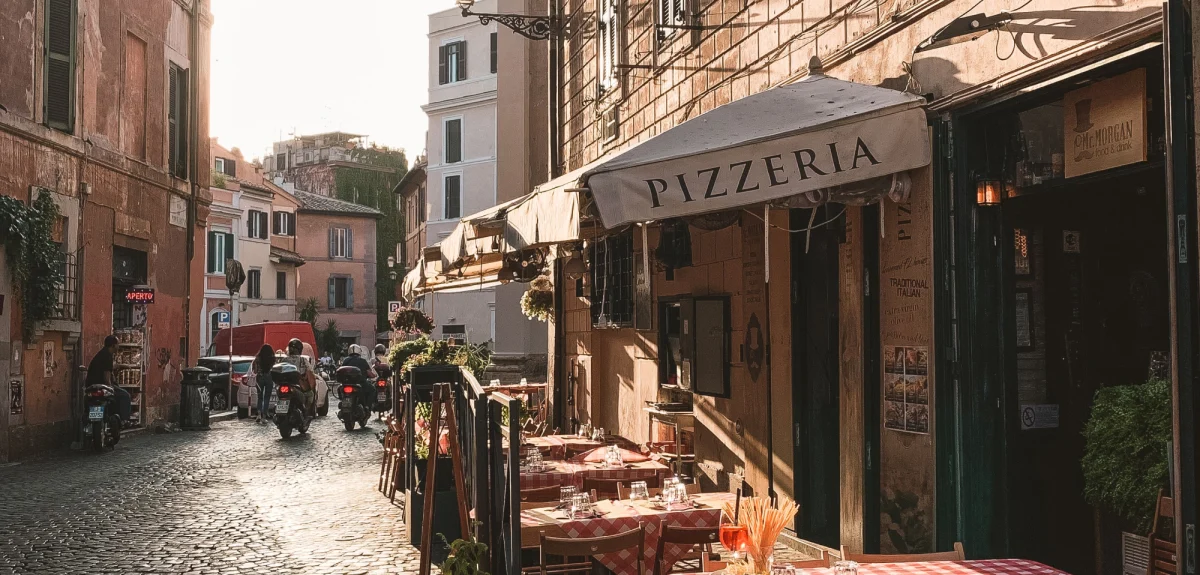
Six things you must eat in Naples
From the world's best pizza to the delicious pastry le sfogliatelle.
The cuisine in Naples is quintessentially Italian – a blend of poor man’s food and complicated, classic recipes. Enjoy sauces and stews that have been simmering for hours, fantastic cakes and pastries, plus irresistible street food. Not to mention the sizzling, sumptuously seductive pizzas with tomato sauce made from juicy San Marzano tomatoes served straight from the oven by skilled pizza chefs.
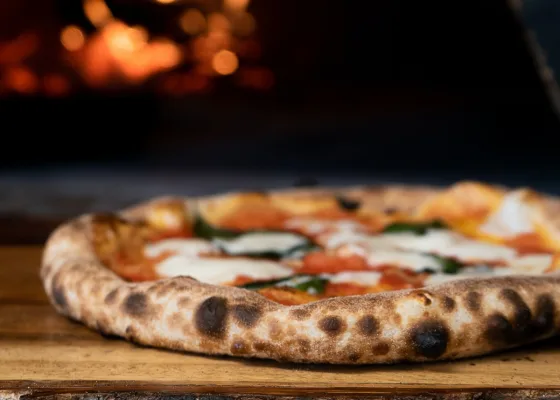
Neapolitan pizza
Concettina ai Tre Santi

There are 1,500 pizzerias in Naples and “La pizza Napoletana” was added to the Unesco World Heritage list in 2017. Not eating pizza in Naples is akin to swearing in church. However, you run the risk of becoming a pizza snob after eating the world-renowned pizzas here. No other pizzas taste as good as those you get in Naples. Some pizza chefs are massive celebrities, others more low key, but either way it’s almost impossible to eat a pizza that’s anything less than sublime in this city. There’s a pride in this seemingly simple profession that has become an art in its own right in Naples where all the details are scrupulously researched. Three safe bets are Concettina ai tre Santi, Gino Sorbillo and Fratelli Salvo.
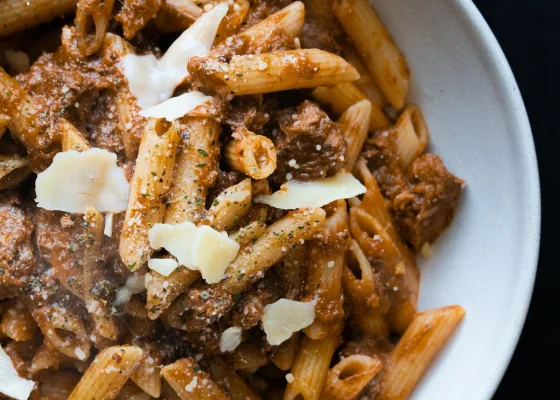
Pasta alla genovese
Di Martino Seafront

La Genovese is probably the most iconic of all Neapolitan pasta sauces. There are numerous different accounts of how this dish originally arrived in Naples, however the most likely is that chefs from Genoa brought it south in the 16th Century. Every family has its own secret recipe for this typical ragu made from beef and onions and cooked for at least three hours, often much longer. Pasta alla Genovese is served at most traditional trattorias and also at the more contemporary Di Martino Seafront in the center of Naples.

Le sfogliatelle
Attanasio

These small pastries with their crisp mille feuille and delicious creamy filling have a long history. They were created in the 13th century by a nun in Santa Rosa convent (that has now been converted into a luxury hotel) on the Amalfi Coast. Le sfogliatelle first reached Naples in 1818 when restaurateur Pasquale Pintauro got hold of the recipe. He quickly realized what he had stumbled upon and converted his restaurant into a bakery. You can still eat sfogliatelle at Pintauro on the shopping street Via Toledo today. Another classic outlet is Attanasio just behind the main station.
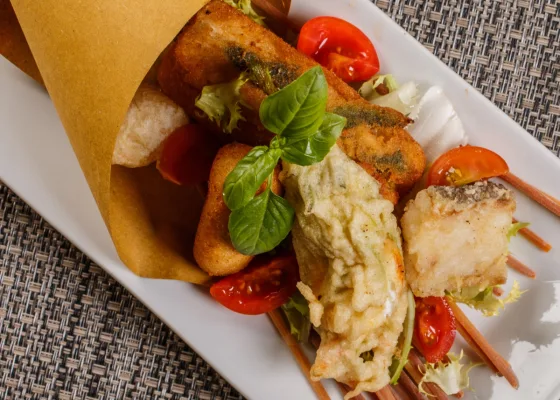
Cuoppo
Friggitoria Vomero

Cuoppo is Neapolitan and means “paper cone.” It’s what the people of Naples use to eat street food out of, that can typically include deep-fried vegetables, mozzarella cheese, arancini (stuffed rice balls), polenta, pasta, croquette potatoes and sometimes even fish. Some people argue that fish cuoppo is not a tradition in Naples, but it’s delicious nonetheless.The sign of a really good Cuoppo is that the paper cone remains free from grease stains. This deep-fried fast food should be really hot, golden brown and consumed standing. Cuoppo is often eaten as a starter at the many pizzerias in the city. Friggitoria Vomero is a reliable location.
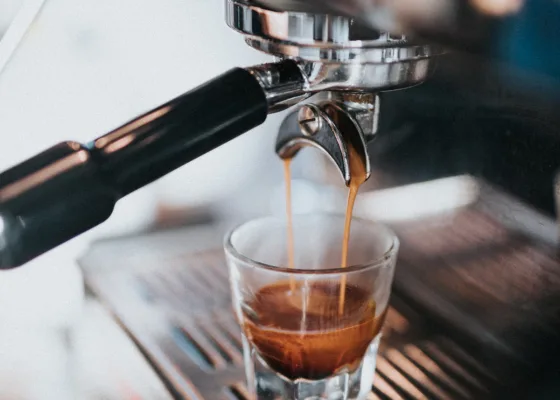
Un caffè
Gran Caffé Gambrinus

Drinking an espresso, or as the Italians say, un caffè, is a holy ritual. Especially in Naples. The black gold slowly drips down into the warmed cup, and the resulting steaming hot, deliciously aromatic espresso is then placed on the counter in front of you. In Naples, they also serve “il caffè sospeso,” which literally means “suspended coffee.” The tradition began in the working-class cafés of Naples, where someone who had experienced good luck would order a sospeso, paying the price of two coffees but receiving and consuming only one. A poor person inquiring later whether there was a sospeso available would then be served a coffee for free. By sharing a coffee, you’re sharing your good luck that then becomes doubly fortunate. A classic coffee bar is Gambrinus next to Piazza del Plebiscito.
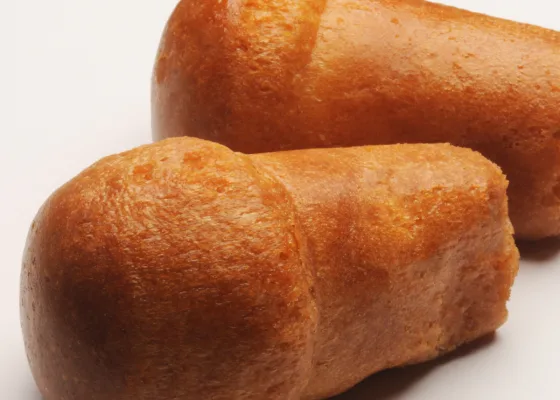
Babà
Pasticceria Scaturchio

In Naples, this mushroom shaped sweet cake that’s dipped in liquor is next to holy. So holy in fact, that it’s part of everyday life. Meanwhile, if some calls you a babà, “si nu' babbà,” in Neapolitan, they mean you’re sweet and cute, like the cake itself. Babà came from Constantinople originally and the name actually refers to Ali Baba. After meandering through Central Europe, the cake eventually reached Paris. Il babà then came to Naples from Paris with “i monsù” – chefs who had worked for the nobility in Paris until the French Revolution. Il babà has been a fixture in Naples ever since. One favorite bakery is Scaturchio in the lively Pignasecca district.
Text by Åsa Johansson